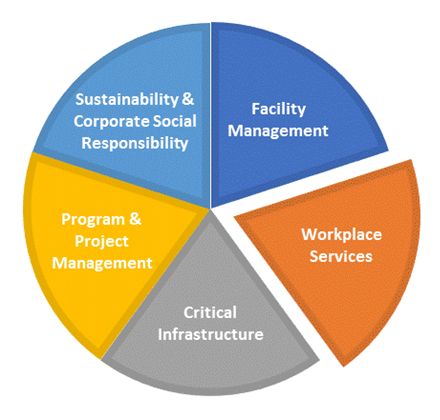| Employee engagement does not mean employee happiness. Someone might be happy at work, but that doesn’t necessarily mean they are working hard or productively on behalf of the organization. While company game rooms, free massages and Friday keg parties are fun – and may be beneficial for other reasons – making employees happy is different from making them engaged. |  |
 |
Employee engagement doesn’t mean employee satisfaction. Many companies have “employee satisfaction” surveys, but the bar is set too low. A satisfied employee might show up for their daily 9-to-5 without complaint. But that same “satisfied” employee might not give extra effort on their own, and they probably take the headhunter’s call luring them away with a 10% bump in pay. Satisfied isn’t enough.
Employee engagement is the emotional commitment the employee has to the organization and its goals. This emotional commitment means engaged employees actually care about their work and their company. They don’t work just for a paycheck, or just for the next promotion, but work on behalf of the organization’s goals. When employees care – when they are engaged – they contribute discretionary effort. |
In the struggle to attract & retain high value talent, Abraxas Sustainable FM Services is poised to support clients in executing their employee engagement initiatives. Initiative examples might include;
|
|
| Learn how Abraxas can partner with you to deliver a successful employee engagement program. | |
 |